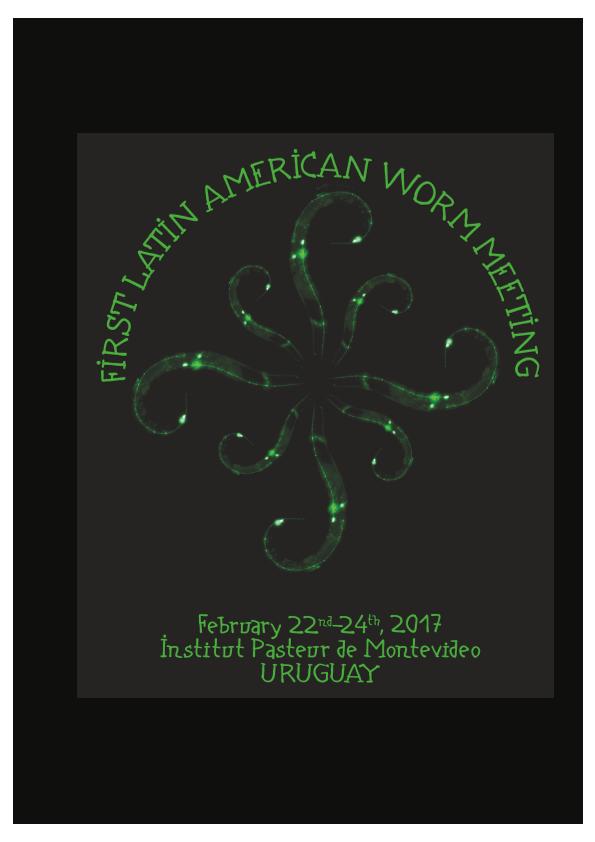Evento
Characterization of the antiparasitic bephenium as an agonist of Caenorhabditis elegans levamisole-sensitive nicotinic receptors
Tipo del evento:
Simposio
Nombre del evento:
First Latin American Worm Meeting
Fecha del evento:
22/02/2017
Institución Organizadora:
Institut Pasteur de Montevideo;
Título del Libro:
First Latín American Worm Meeting
Editorial:
Institut Pasteur de Montevideo
Idioma:
Inglés
Clasificación temática:
Resumen
Nicotinic acetylcholine receptors (nAChRs) are pentameric ligand-gated ion channels that mediate fast synaptic transmission and are involved in neuromuscular transmission. Nematode muscle nAChRs are of clinical importance because they are targets of anthelmintic drugs. The muscle nAChRs of nematode parasites fall into three pharmacological classes that are preferentially activated by levamisole (L-type), nicotine (N-type) and bephenium (B-type). Caenorhabditis elegans muscle contains the N-AChR and L-AChR types. We therefore sought to explore the action of bephenium at C. elegans. Behavioral studies reveal that wild type worms are sensitive to bephenium. The drug causes spastic paralysis but with less potency than levamisole. Thelev-8and unc-38 null mutant strains, which lack accessory (LEV-8) and essential (UNC-38) subunits of L- AChRs, show partial and full resistance to bephenium,respectively. To determine the mechanism of action of bephenium we used a primary culture system that allows differentiation of embryonic cells into L1 larva muscle cells in vitro. Our results reveal that bephenium (1-100 µM) activates a single population of ~3.6 pA amplitude channels (-100 mV) that correspond to the L-AChR channels. The open-channel lifetime is similar to that of ACh-activated channels (~0.2 ms). Because in parasites the receptor target of bephenium contains the ACR-8 subunit, and in C. elegans ACR-8 is a candidate subunit to replace LEV8,we also evaluated the action of this drug in the lev-8 null mutant strain. We found that bephenium also activates L-AChRs lacking LEV-8, although the activity pattern differs from that of wild-type L-AChRs. Overall, we characterized the agonistic action of bephenium, which is used for parasitic infections caused by intestinal helminths, at the C. elegans L-AChR
Palabras clave:
C.ELEGANS
,
BEPHENIUM
,
ANTHELMINTICS
Archivos asociados
Licencia
Identificadores
Colecciones
Eventos(INIBIBB)
Eventos de INST.DE INVEST.BIOQUIMICAS BAHIA BLANCA (I)
Eventos de INST.DE INVEST.BIOQUIMICAS BAHIA BLANCA (I)
Citación
Characterization of the antiparasitic bephenium as an agonist of Caenorhabditis elegans levamisole-sensitive nicotinic receptors; First Latin American Worm Meeting; Montevideo; Uruguay; 2017; 42-42
Compartir




